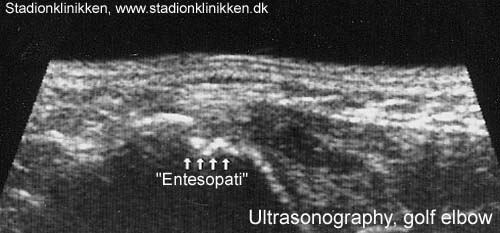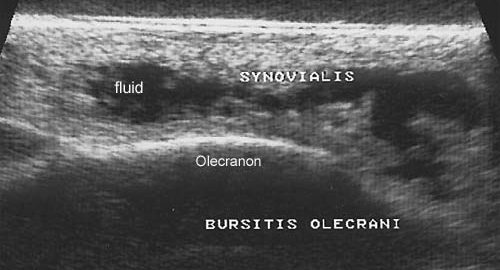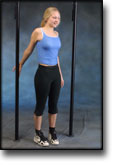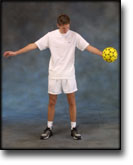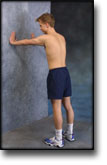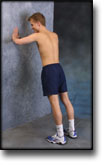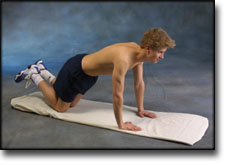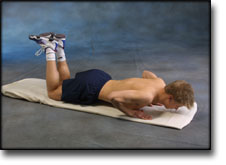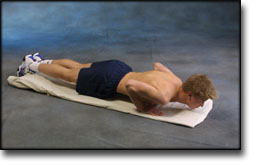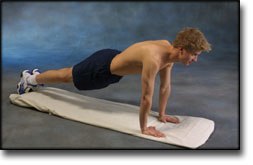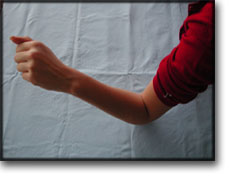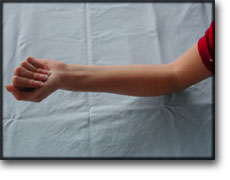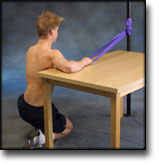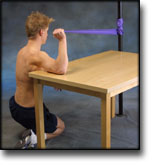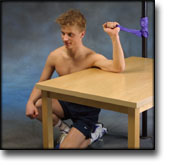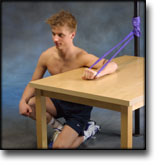|
Pragmatic randomised controlled trial of local corticosteroid injection and naproxen for treatment of lateral epicondylitis of elbow in primary care.
Hay EM, Paterson SM, Lewis M, Hosie G, Croft P. BMJ 1999 Oct 9;319(7215):964-8.
OBJECTIVE: To compare the clinical effectiveness of local corticosteroid injection, standard non-steroidal anti-inflammatory drugs, and simple analgesics for the early treatment of lateral epicondylitis in primary care. DESIGN: Multicentre pragmatic randomised controlled trial. SETTING: 23 general practices in North Staffordshire and South Cheshire. PARTICIPANTS: 164 patients aged 18-70 years presenting with a new episode of lateral epicondylitis. Interventions: Local injection of 20 mg methylprednisolone plus lignocaine, naproxen 500 mg twice daily for two weeks, or placebo tablets. All participants received a standard advice sheet and co-codamol as required. MAIN OUTCOME MEASURES: Participants’ global assessment of improvement (five point scale) at four weeks. Pain, function, and “main complaint” measured on 10 point Likert scales at 4 weeks, 6 months, and 12 months. RESULTS: Over 2 years, 53 subjects were randomised to injection, 53 to naproxen, and 58 to placebo. Prognostic variables were similar between groups at baseline. At 4 weeks, 48 patients (92%) in the injection group were completely better or improved compared with 30 (57%) in the naproxen group (P<0.001) and 28 (50%) in the placebo group (P<0.001). At 12 months, 43 patients (84%) in the injection group had pain scores 0.05). CONCLUSIONS: Early local corticosteroid injection is effective for lateral epicondylitis. Outcome at one year was good in all groups, and effective early treatment does not seem to influence this.
|
